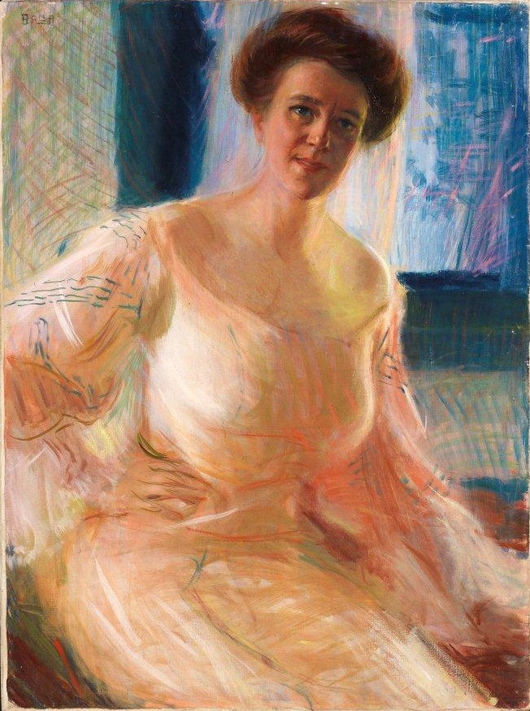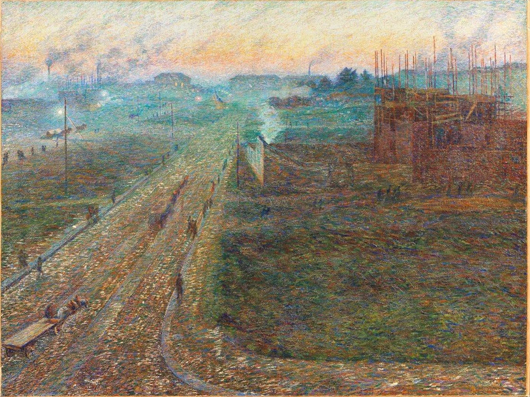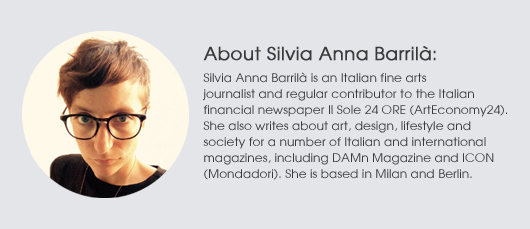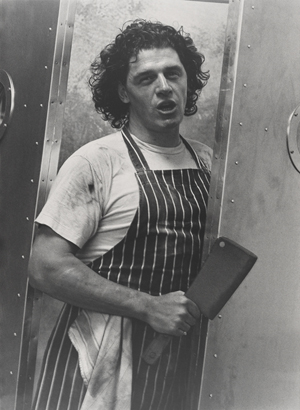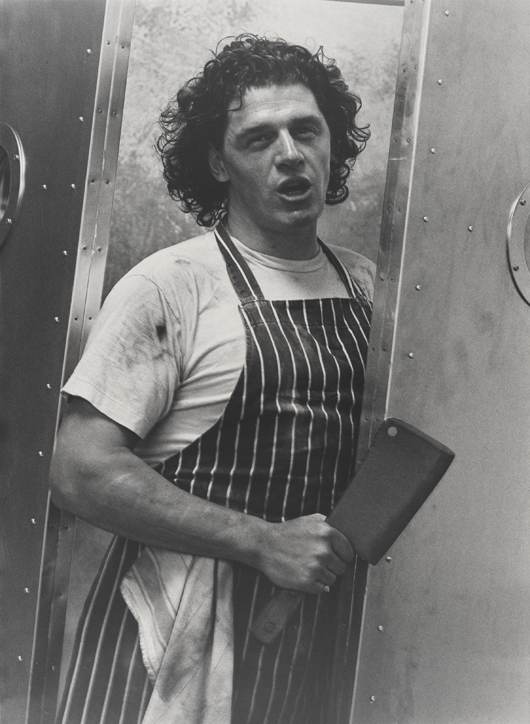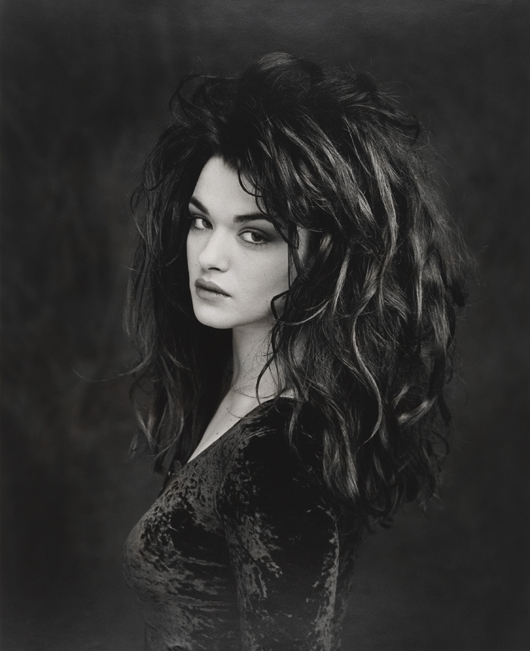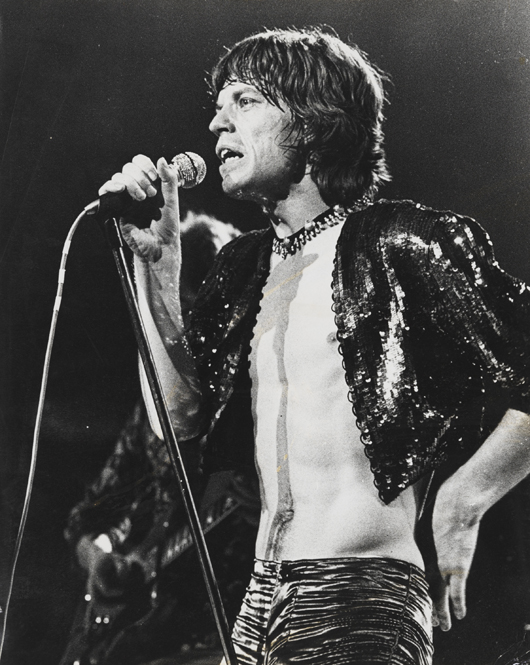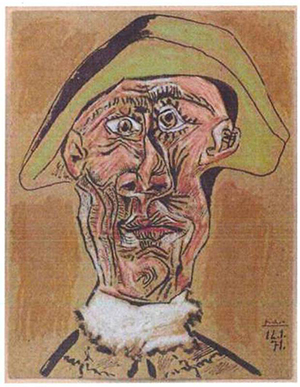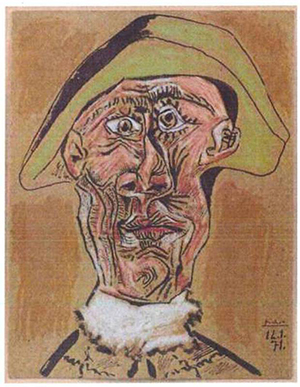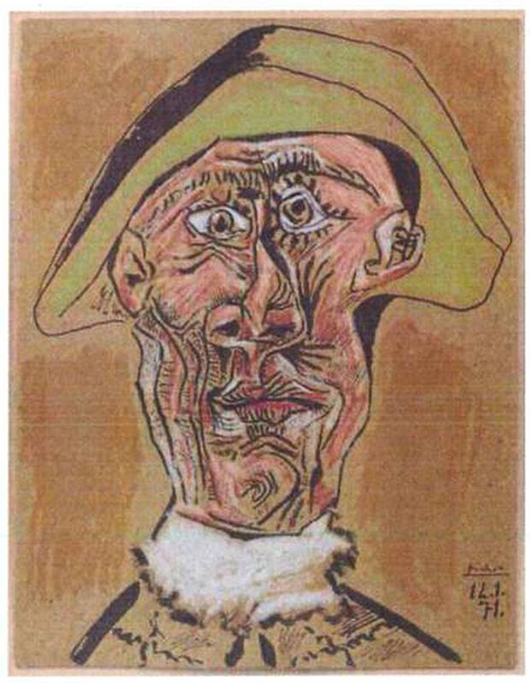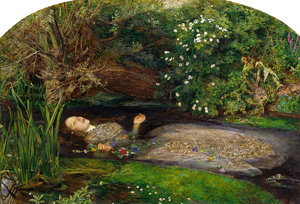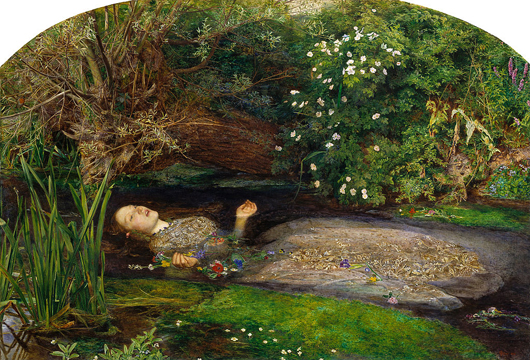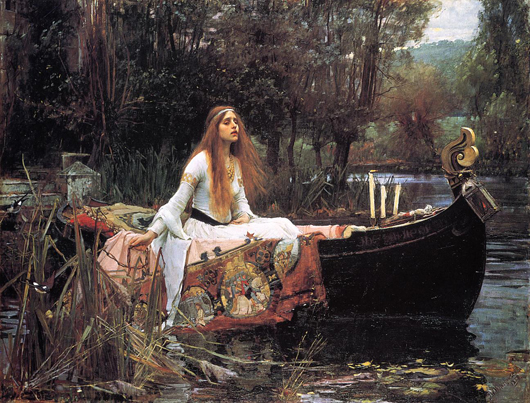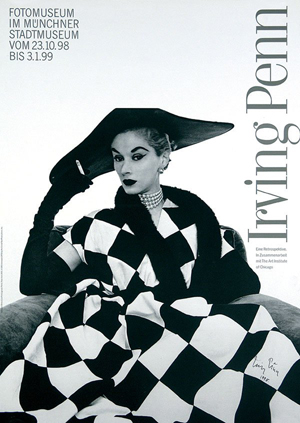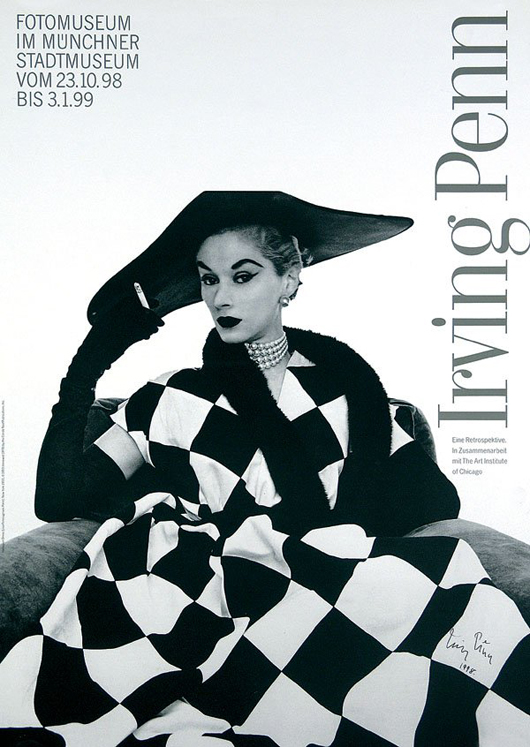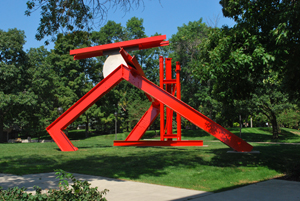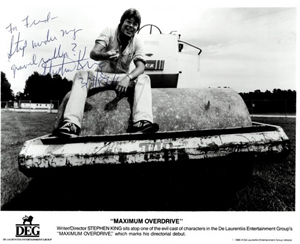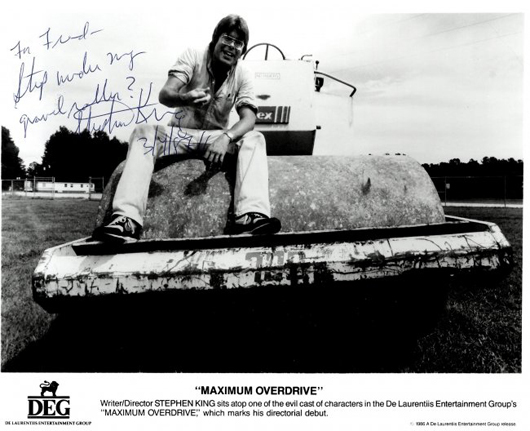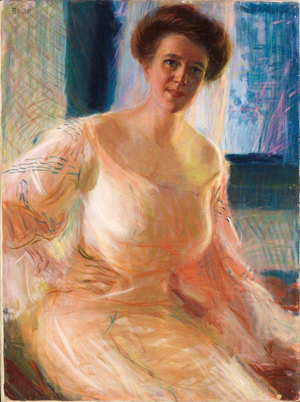
CORTINA D’AMPEZZO, Italia – Ogni anno ad agosto la galleria e casa d’aste senese Farsettiarte organizza nella sua sede di Cortina d’Ampezzo, luogo di villeggiatura sulle Dolomiti, una mostra antologica che ripercorre la storia artistica del Novecento. Quest’anno, dall’8 al 31 agosto, l’esposizione intitolata “Divisionismo e Futurismo. L’arte italiana consegnata alla modernità” rievoca il passaggio nell’arte italiana dal Divisionismo al Futurismo, includendo una trentina di opere di autori celebri come Giacomo Balla, Umberto Boccioni, Carlo Carrà, Fortunato Depero, Ottone Rosai, Gino Severini, Mario Sironi, Ardengo Soffici e Lorenzo Viani.
L’idea è nata dal fondatore della casa d’asta, Frediano Farsetti. “Si tratta di una mostra più didattica che commerciale”, dice la figlia e collaboratrice Sonia Farsetti, “perché molte opere non sono in vendita, ma sono in prestito. Per quelle consegnate per la vendita, i prezzi partono dai 200mila euro”.
La mostra si concentra sulle radicali trasformazioni stilistiche ed estetiche che ebbero luogo nel decennio che va dal 1910 al 1920. Un protagonista importante di questo passaggio è stato Giacomo Balla, nato nel 1871 e scomparso nel 1958, che fece da tramite tra la generazione dei Divisionisti Giovanni Segantini e Gaetano Previati, nati negli anni 50 dell’Ottocento, e la generazione dei Futuristi Umberto Boccioni, Carlo Carrà e Gino Severini, nati negli anni 80.
Il Divisionismo era emerso nell’ultimo decennio del secolo, in particolare con la partecipazione di Giovanni Segantini, Gaetano Previati e Angelo Morbelli alla Triennale di Brera a Milano del 1891. Il movimento si ispirava alla tecnica del Pointillisme francese di Seurat e Signac per riprodurre il vero e gli effetti della luce. A differenza dei francesi, il Divisionismo non diede tanta importanza al rigore tecnico, quanto al simbolismo e al soggetto, spesso di natura sociale. Anche Balla affrontò tematiche sociali, per esempio nell’opera “La giornata dell’operaio” del 1904 e ne “La pazza” del 1905 – oggi alla Galleria Nazionale d’Arte Moderna di Roma – prima di mutare radicalmente stile e impostazione e passare ad un dipinto di stampo futurista come “Lampada ad arco”, del 1909, conservato al MoMA, fino ad arrivare poi alla sottoscrizione del Manifesto futurista di Marinetti nel 1910, firmato anche da Umberto Boccioni, Carlo Carrà, Gino Severini e Luigi Russolo.
La mostra di Farsettiarte include quattro opere di Boccioni: “Campagna romana” del 1902 circa, “Germogli primaverili (Paesaggio di Villa Borghese)”, del 1906, “Ritratto di signora” del 1907 e “Nel prato” del 1908, due opere particolarmente importanti. Tutti questi dipinti testimoniano l’arrivo della rivoluzione futurista, che poi trovò massima espressione in Boccioni. Di quest’ultimo ci sono in mostra tre dipinti: “Pagliaio
al sole” del 1908, “Crepuscolo” del 1909, e “Nudo disteso”.
La ricerca spaziale e formale del Futurismo appaiono anche in altre opere in mostra, come “Paesaggio
Toscano” di Severini (1912), “Ritmi e linee” di Carlo Carrà (1912), “La ballerina del San Martino” e “L’Arlecchino” di Sironi, entrambi del 1915.
I dipinti di Ardengo Soffici e Ottone Rosai, invece, testimoniano il filone fiorentino del Futurismo, a tratti in contrasto con il movimento milanese, come prova l’episodio della rissa nel 1911 tra Boccioni, Marinetti e Carrà da una parte e Soffici, Prezzolini, Slataper e Spaini dall’altra.
Di Ottone Rosai, più giovane degli altri futuristi, ci sono in mostra tre dipinti della fine del secondo decennio del secolo: “Follie estive” (1918-1919), “Bottiglia e ciotola” (1919) e “Serenata” (1919-20).
La mostra di Farsettiarte è interessante anche dal punto di vista del mercato, vista la scarsità di opere di questi due movimenti in circolazione. “Sia per quanto riguarda il Divisionismo che il Futurismo c’è il problema della disponibilità di opere sul mercato, perché ci sono poche opere in commercio”, spiega Sonia Farsetti. “Per lo più si trovano in collezioni pubbliche o private. Ma quando si trovano buone opere sul mercato, i collezionisti rispondono bene e vengono segnati prezzi alti. Soprattutto per nomi come Boccioni e Severini”.
Tra i due movimenti, il Futurismo ha un mercato più forte poiché si è trattato di un movimento più definito, mentre il Divisionismo ha rappresentato una corrente più ampia, a cavallo tra due secoli. Oltre al problema della reperibilità delle opere, c’è anche quello della scarsa presenza del movimento sul piano internazionale, per cui le opere divisioniste segnano all’estero quotazioni molto inferiori a quelle, per esempio, dei Pointillisti francesi. Sia il Divisionismo che il Futurismo sono legati alla questione dell’esportazione, resa difficile dalle leggi italiane, e ciò ne preclude la conoscenza e la circolazione sul piano internazionale.

ADDITIONAL IMAGES OF NOTE
